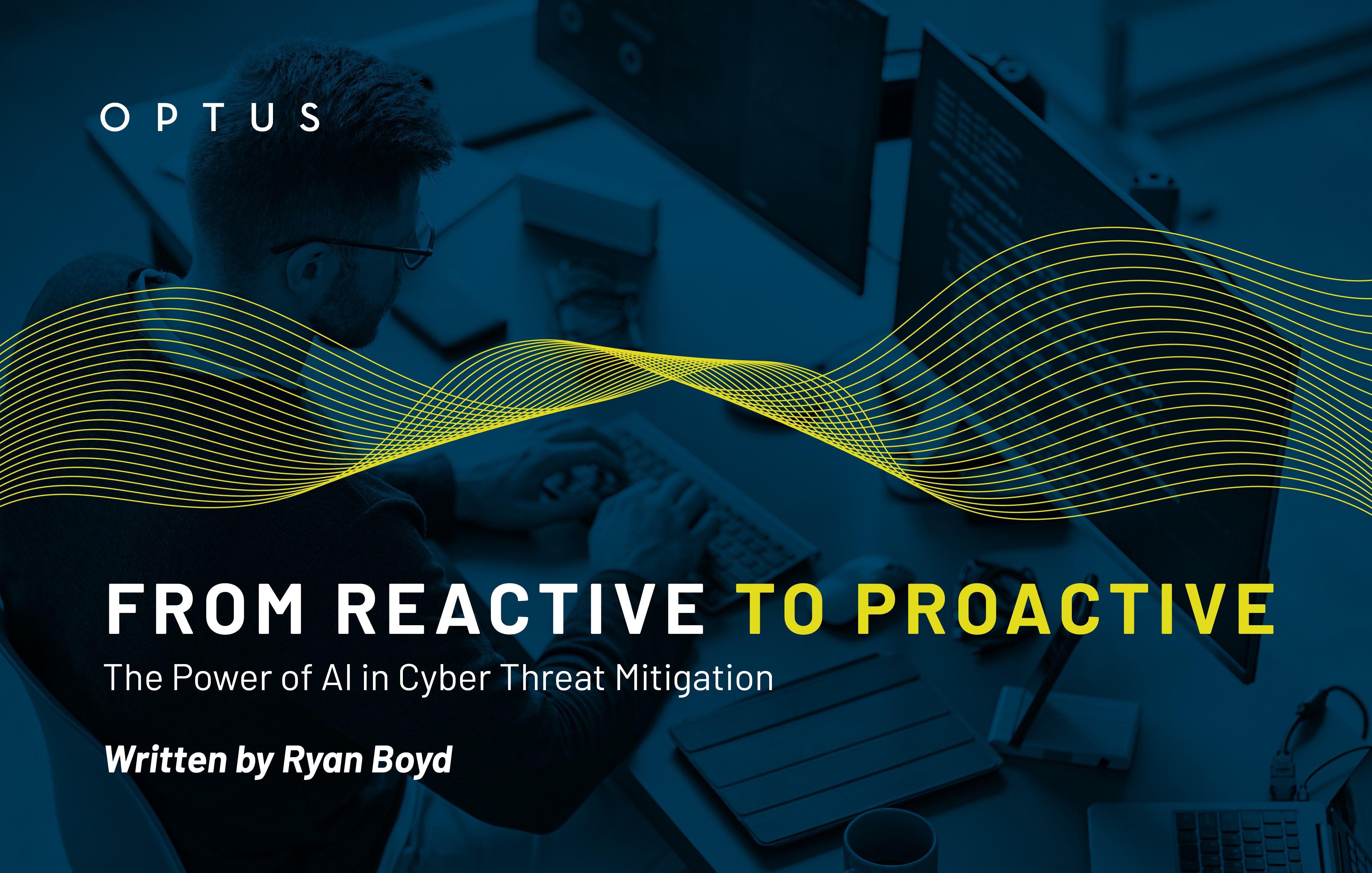From Reactive to Proactive: The Power of AI in Cyber Threat Mitigation

The realm of cybersecurity is evolving. As AI and cybersecurity intertwine, enterprises discover new avenues for fortifying their digital fortresses, thus marking a significant evolution in the digital security landscape. AI's primary appeal lies in its enhanced capacity to identify vulnerabilities in digital security before incidents occur, marking a significant evolution in the approach to cyber threat mitigation. Keep reading to learn how to change your cyber threat mitigation strategy from reactive to proactive with AI.
The Role of AI in Enhancing Cybersecurity
AI-powered cybersecurity systems have revolutionized how businesses approach data security, offering a proactive stance against potential threats. Key contributions of AI in enhancing cybersecurity include:
- Enhanced User Authentication and Behavior Analysis: AI-enabled systems analyze user behavior patterns and biometric data, offering a more secure authentication process. This, combined with machine learning and behavioral analysis, aids in more effectively identifying and mitigating malware attacks.
- Automated Processes: AI automates many time-consuming and repetitive tasks that burden security teams. For instance, AI can automatically scan for vulnerabilities in systems and applications, prioritize patching based on risk, and even deploy patches in some cases. This frees up security professionals to focus on more strategic initiatives and complex threats.
- Predictive Analysis: AI's ability to analyze vast amounts of data allows for predictive analysis of security threats. By identifying patterns and indicators of future attacks, AI can help security teams take preventative measures to bolster defenses and mitigate potential risks before they become full-blown incidents. This proactive approach significantly reduces the impact of cyberattacks and keeps businesses ahead of evolving threats.
- Comprehensive Network Monitoring: AI extends its vigilance to monitoring networks for internal and external threats, encompassing endpoint lifecycle management, certificate tracking, and auditing. It enhances the detection of credential misuse and theft, further bolstering an organization's cybersecurity measures.
These capabilities demonstrate AI's pivotal role in transforming cybersecurity from a reactive to a proactive discipline, ensuring businesses can better protect themselves against the ever-evolving landscape of cyber threats.
____
Want to learn more about the role of AI in cybersecurity? Read "Securing Success: A Simplified Guide to MDR" by Optus Technology Advisor Shane Lerma.
____
Strategies for Effective AI Integration in Cybersecurity
For effective AI integration in cybersecurity, businesses should focus on a multi-layered strategy, as outlined by ENISA's framework and best practices. This approach includes:
Layered Security Framework:- Layer 1: Protect the ICT environments hosting AI systems by analyzing and managing risks alongside proactive threat-hunting services.
- Layer 2: Address AI-specific risks through dynamic cybersecurity risk assessments focusing on anomaly detection.
- Layer 3: Deploy sector-specific cybersecurity practices, emphasizing data security, regular updates, and ethical considerations.
- Implement data encryption, access control, and regular patching.
- Ensure model robustness, data privacy compliance, and secure development practices.
- Establish a comprehensive incident response plan and promote user education.
- Align AI strategy with business and security objectives.
- Invest in skilled AI talent and thoroughly evaluate AI solutions.
- Establish robust data governance and implement strong AI infrastructure security measures.
By adhering to these strategies, businesses can effectively navigate the complexities of AI integration in cybersecurity and ensure a proactive stance against cyber threats.
____
Want a more comprehensive guide to AI in cybersecurity? Download "The Managed Detection and Response Overview."
____
About Ryan Boyd, Author, and Cloud Advisory Expert
Ryan Boyd is the Director of Enterprise Cloud Sales at Optus Inc., where he facilitates seamless cloud migrations for clients. With a keen focus on customer success, Ryan combines his extensive industry experience with a passion for innovation to deliver tailored solutions that optimize efficiency and performance. He is committed to staying at the forefront of cloud technology, ensuring Optus remains a leader in the field. Through collaborative partnerships and a detail-oriented approach, Ryan empowers businesses to harness the full potential of the cloud to drive growth and innovation.

